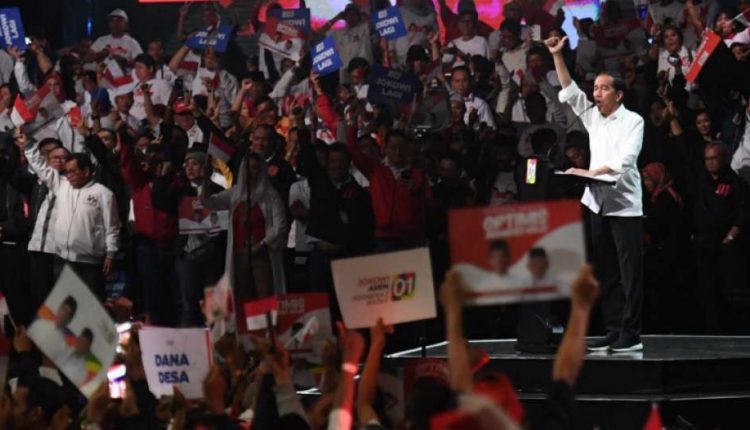Looking at the Indonesian Social Welfare of the Jokowi Era
By: Herman Santoso *
Not a few significant changes that have been inscribed by Jokowi as long as he served as Head of State, one of them in the field of social welfare, where it was able to reduce poverty. In line with data released by BPS, the number of poor people in Indonesia as of March 2018 as many as 25.95 million people fell by 630,000 residents compared to September 2017 at 26.58 million people. The percentage of poverty reduction to only 1 digit is 9.82 percent from 10.12 percent in September 2017. The decline in poverty is not separated from the program of receiving social assistance which increased to 87.6 percent and received on time.
The Minister of Social Affairs Agus Gumiwang Kartasasmita explained the government’s determination to continue to reduce the poverty rate was conveyed by the president at the annual session of the DPR / MPR last August. Increasing basic social services to citizens is a government effort in reducing poverty and problems of malnutrition (stunting). “These two programs are one of the five main human development points in 2019,” he said.
He also believes that the success of the government in reducing poverty is also inseparable from the sustainable strategy of the Jokowi – JK government since it was installed as President and Vice President of the Republic of Indonesia.
In the first year of his administration, President Jokowi has laid the foundation through strengthening social protection strategies and in the 4th year human development is a top priority in the 2019 Government Work Plan. Various strategies for reducing poverty have been prepared by the government such as the increase in the number of beneficiaries of the Hope Family Program. In 2018, for example, there were 92.4 million National Health Insurance (JKN) recipients. The beneficiaries of the Family Hope Program (PKH) are as many as 10 million.
“In 2019, the number of JKN recipients increased to 96.8 million and the KPM PKH social assistance index increased to 100 percent according to family conditionality,” he explained.
Director General of Social Protection and Security of the Republic of Indonesia Ministry of Social Affairs Harry Hikmat said there were five PKH objectives, namely increasing access to basic social services, reducing the burden of expenditure and increasing family income. In addition, creating behavior and independence changes, reducing poverty and inequality, and introducing the benefits of formal financial products and services to KPM PKH.
The Ministry of Social Affairs’ efforts to reduce poverty are also manifested in the form of providing social protection for disaster victims. In addition, the Ministry of Social Affairs also continues to provide attention and protection to remote indigenous communities and vulnerable groups.
“This is a form of commitment from the Jokowi – JK government that welfare is the right of all citizens without exception,” said the Minister of Social Affairs.
Through the Ministry of Social Affairs, the government conducts a social empowerment program for Remote Indigenous Communities (KAT) and Social Rehabilitation Programs for Persons with Disabilities, “With the various social protection program strategies, it is expected that the Indonesian President’s target that the poverty rate in 2019 will decline again from 9.82 percent to 8.5 – 9.5 percent will be achieved, “he concluded.
In addition to through various programs that are directly related to poverty, the government also seeks to increase people’s purchasing power by maintaining the stability of food prices as indicated by the inflation rate which has been maintained for the past four years.
The program echoed by Jokowi was able to free 2.06 million people from poverty within 4 years. This means that the program offered by Jokowi has a positive impact on improving the lives of lower-class people. In addition, the welfare of fishermen is considered to be improving along with the increase in Fisherman Exchange Rates during the administration of Joko Widodo. This is proof that President Joko Widodo’s government program has succeeded in encouraging improvements in the lives of fishermen in Indonesia.
In 2015, Indonesia succeeded in a fish trade surplus and became the highest in Southeast Asia. The increase in the contribution of the fisheries subsector was certainly realized because Indonesia’s marine wealth succeeded in being used more by itself. Conversely, robbery of fish by foreign vessels can be significantly reduced. This can be seen from the increase in national fish stocks from 7.3 million tons in 2013 to 9.9 million tons in 2015 and up again to 12.5 million tons in 2016. Four more years Jokowi served as President of the Republic of Indonesia, he had worked in a real way realize prosperity for all the people of Indonesia.
- The author is an observer of socio-cultural problems
